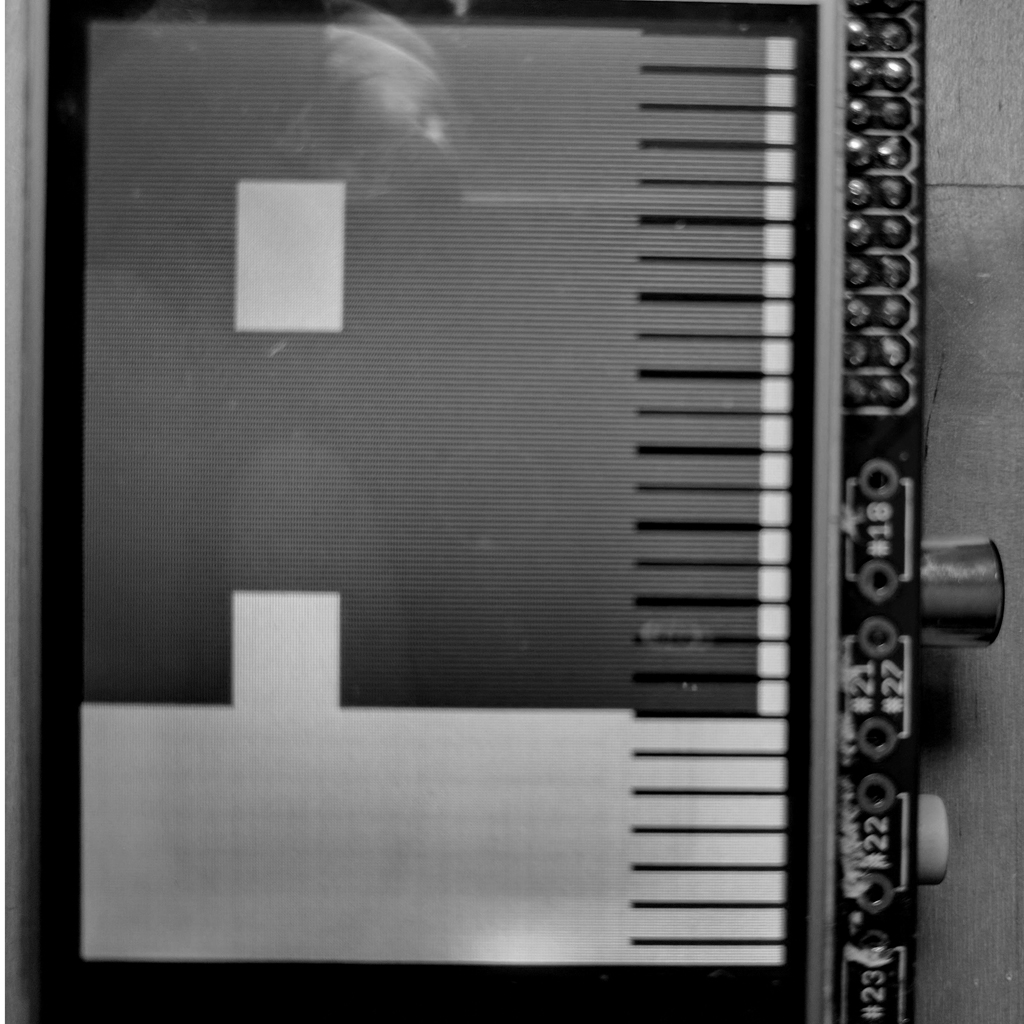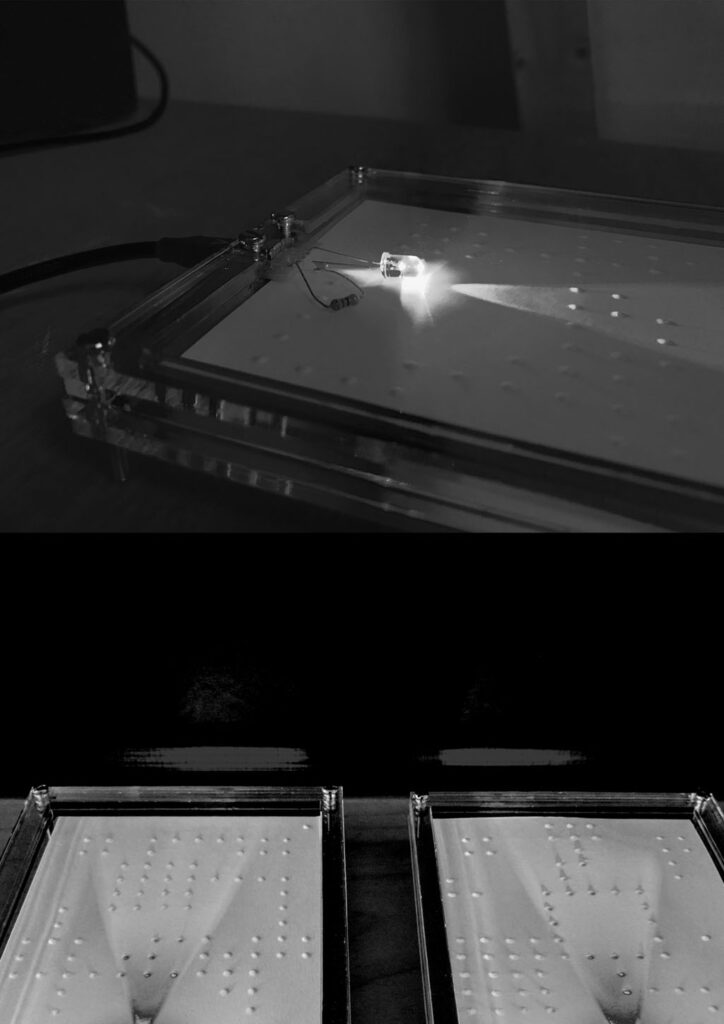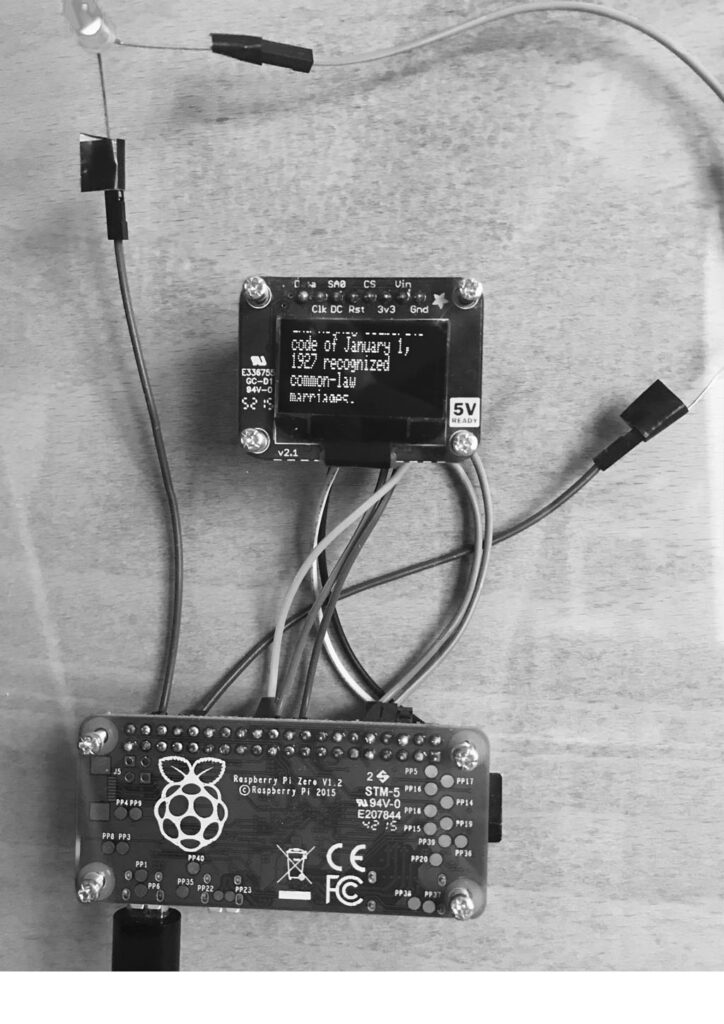
Black Box – shown at Millennium Galleries, Sheffield, UK – January 2018
In computer science a black box is a system where input is mapped to output in such a way that the processes in between are hidden. Maybe the most puzzling black box of all is the human brain with all its unconscious processes and hidden biases. I’ve always been fascinated by how something only partially revealed acts on the imagination and how unconscious activity guides the creative process. My work explores these processes and asks the question – what is going on inside? The blinking lights, illuminated data, light moving on a screen, remote inputs and coded files beg to be deciphered. Drawing is a search for the unreachable processes that guide my hand and eye, an attempt at finding how decisions are made.
Bricolage, from the French verb bricoler – to tinker, is “the process of improvisation in human endeavour” and much akin to to the term DIY. In art it refers to work made with materials that are to hand, quite often rejecting traditional art materials for mass produced items, found objects and assorted junk. I grew up making things from whatever I could find and I still work this way around— I make do. In the same way, my take on digital bricolage is simply finding and repurposing snippets of code to make new work.
I’m currently working out an interest in drawing, reading and writing on paper and screen and how one might flow into the other as well as the crossover between technology and the mind. I ask myself how I can work in both physical and digital realms and what’s at stake when giving up the material for the virtual. I continue to grapple with the unknowable, from the unconscious biases that drive our actions and internal desires to the unpredictable emergent properties in the complexity of the world at large.

Featured in International Rural II












